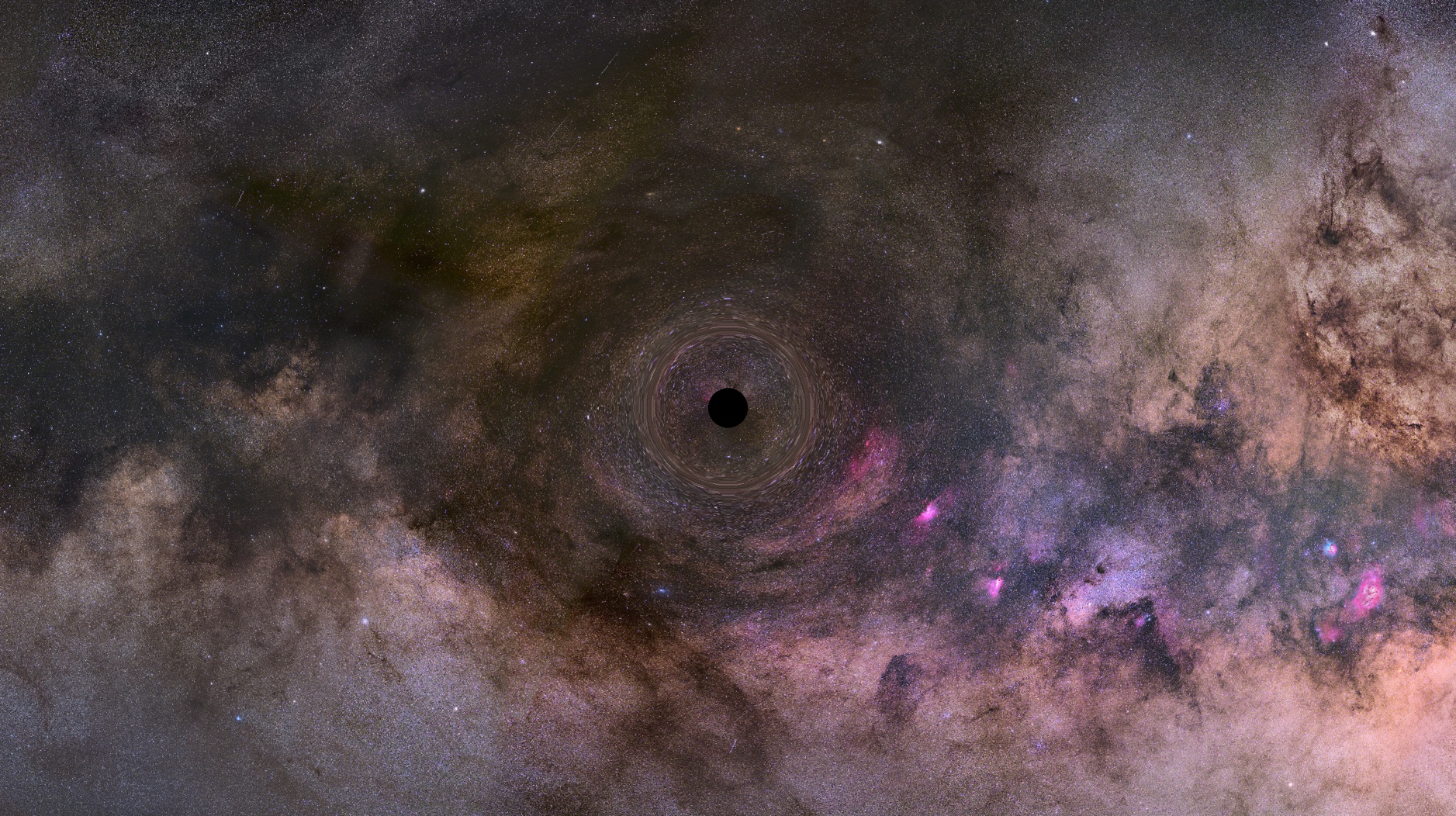Black Hole Week 2023
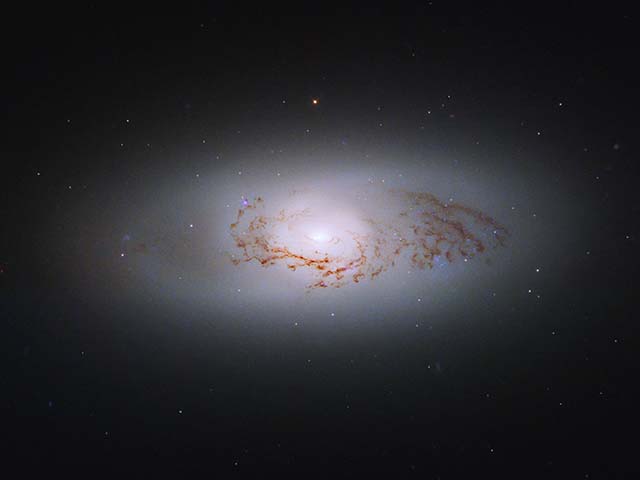
Hubble Observes an In-between Galaxy
Lenticular galaxy, NGC 3489, has an extremely bright active galactic nucleus that emits radiation across the entire electromagnetic spectrum as its black hole devours material.

Hubble Gazes at the Home of an Enormous Black Hole
NGC 4395 is about 14 million light-years away. It is one of the closest and dimmest known Seyfert galaxies.
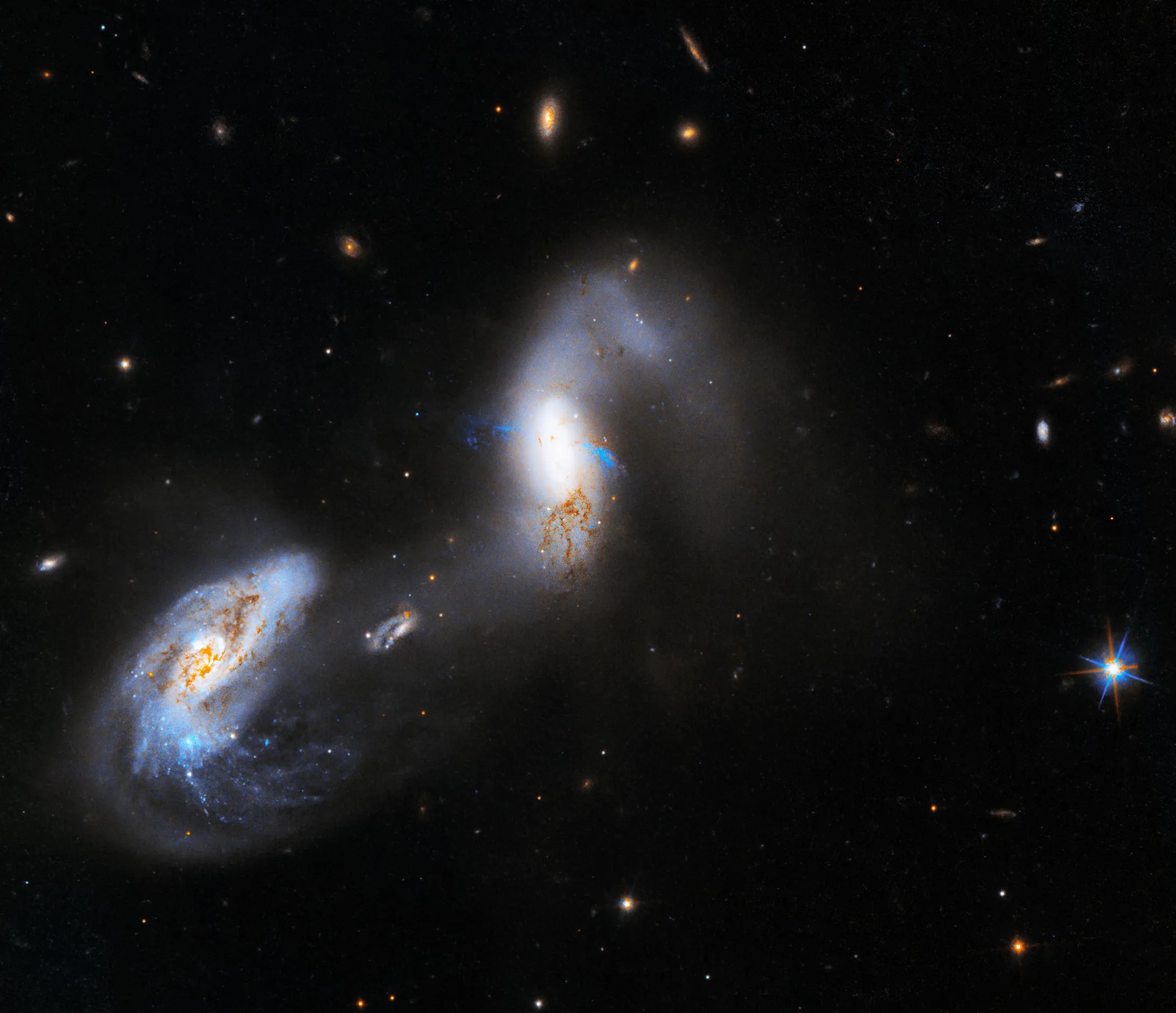
Hubble Captures Extraordinarily Bright Interacting Galaxies
These interacting galaxies, known as AM 1214-255, hold active galactic nuclei, or AGNs.
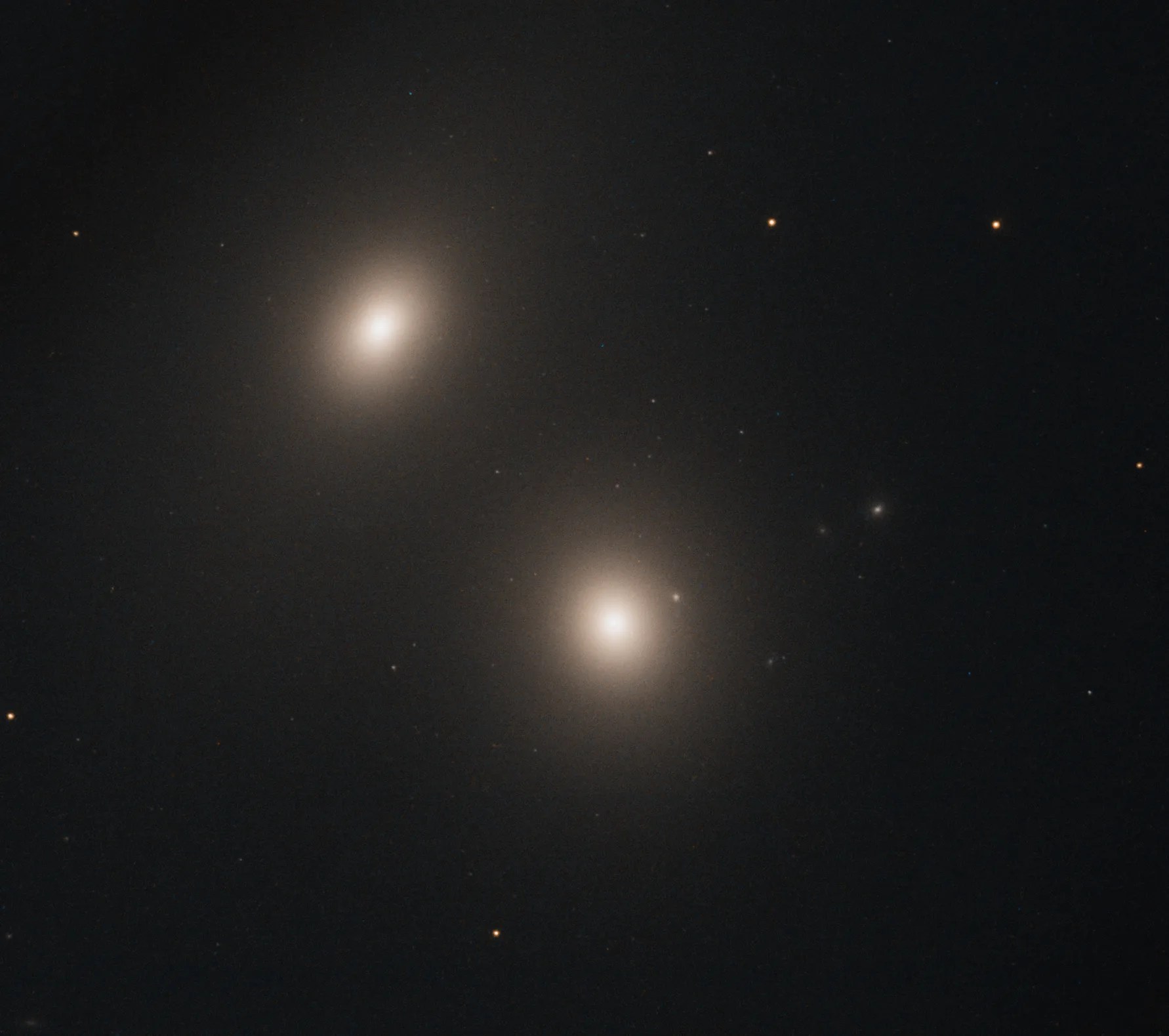
Hubble Spots an Energetic Galaxy
NGC 547 is an elliptical galaxy that sits about 250 million light-years away from Earth in the constellation Cetus.
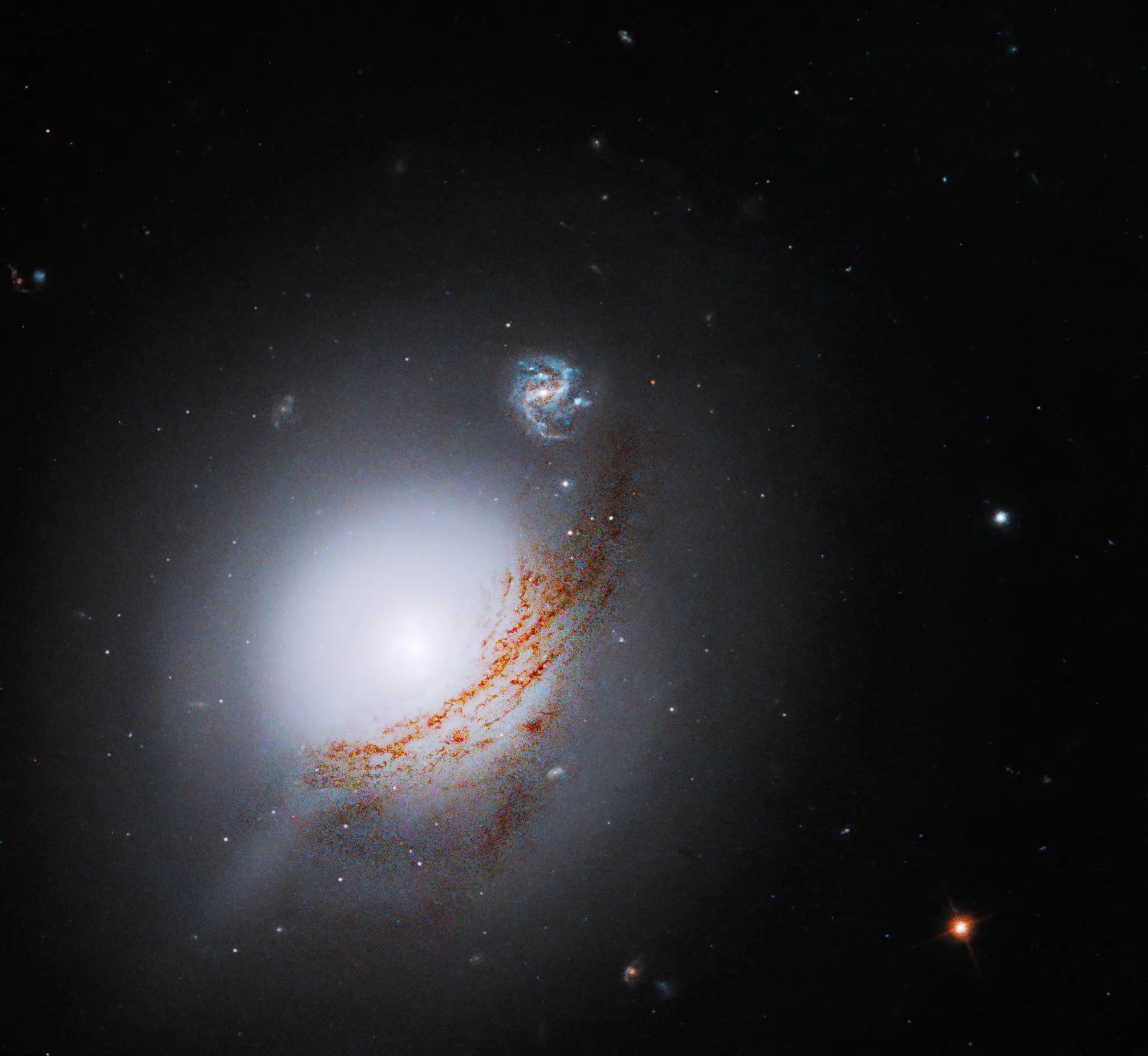
Hubble Views a Beautiful Luminous Galaxy
Lenticular galaxy, NGC 5283, is also a Seyfert galaxy.
Credit: NASA Goddard Space Flight Center; Lead Producer: James Leigh
Hubble Science: Monster Black Holes are Everywhere
Hubble found that supermassive black holes lie at the heart of nearly every galaxy.
Before Hubble, astronomers theorized the existence of supermassive black holes, but they had no conclusive evidence.
Learn More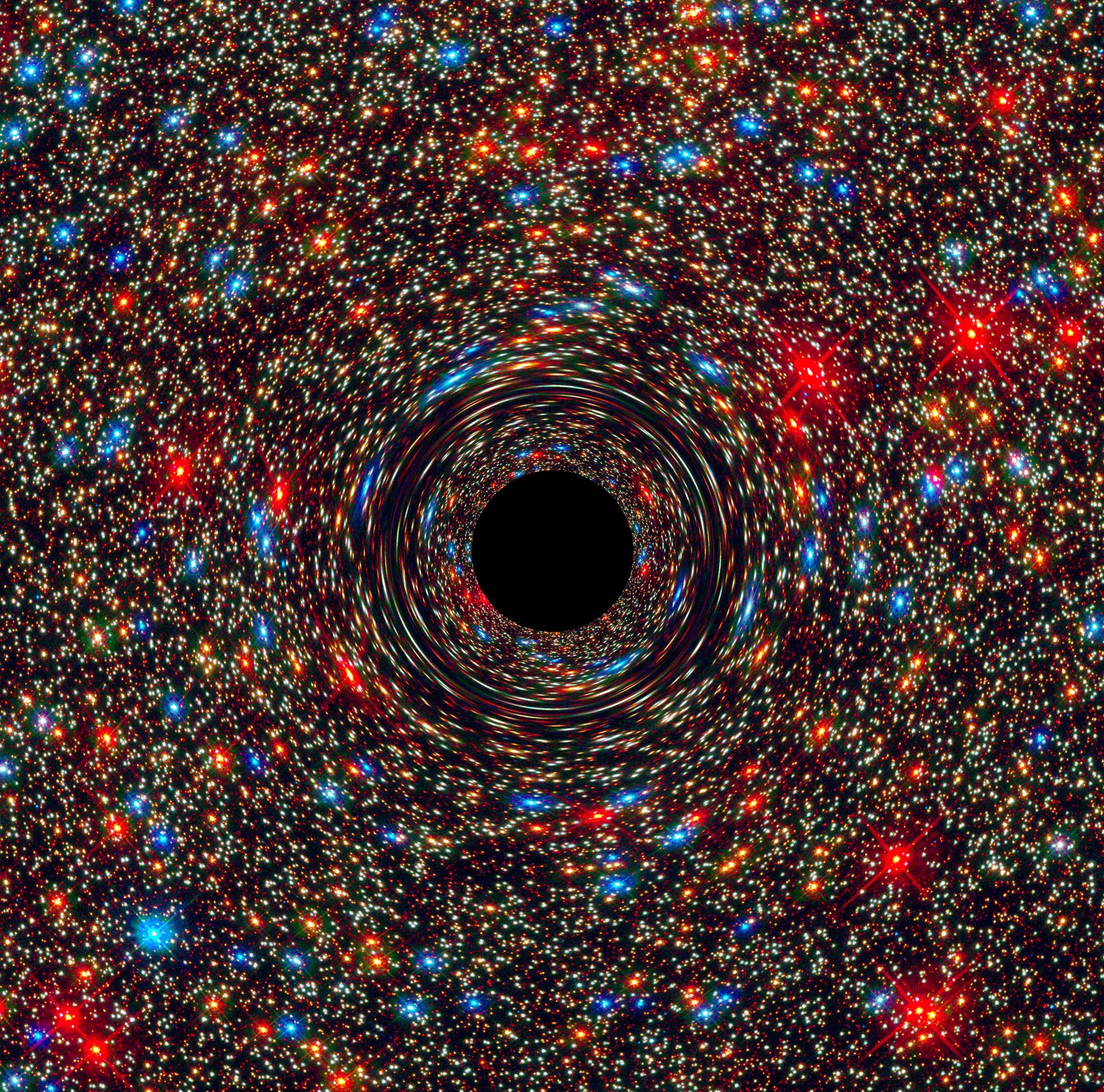
This computer-simulated image shows a supermassive black hole at the core of a galaxy. The black region in the center represents the black hole’s event horizon, where no light can escape the massive object’s gravitational grip. The black hole’s powerful gravity distorts space around it like a funhouse mirror. Light from background stars is stretched and smeared as the stars skim by the black hole.
NASA, ESA, and D. Coe, J. Anderson, and R. van der Marel (STScI)




